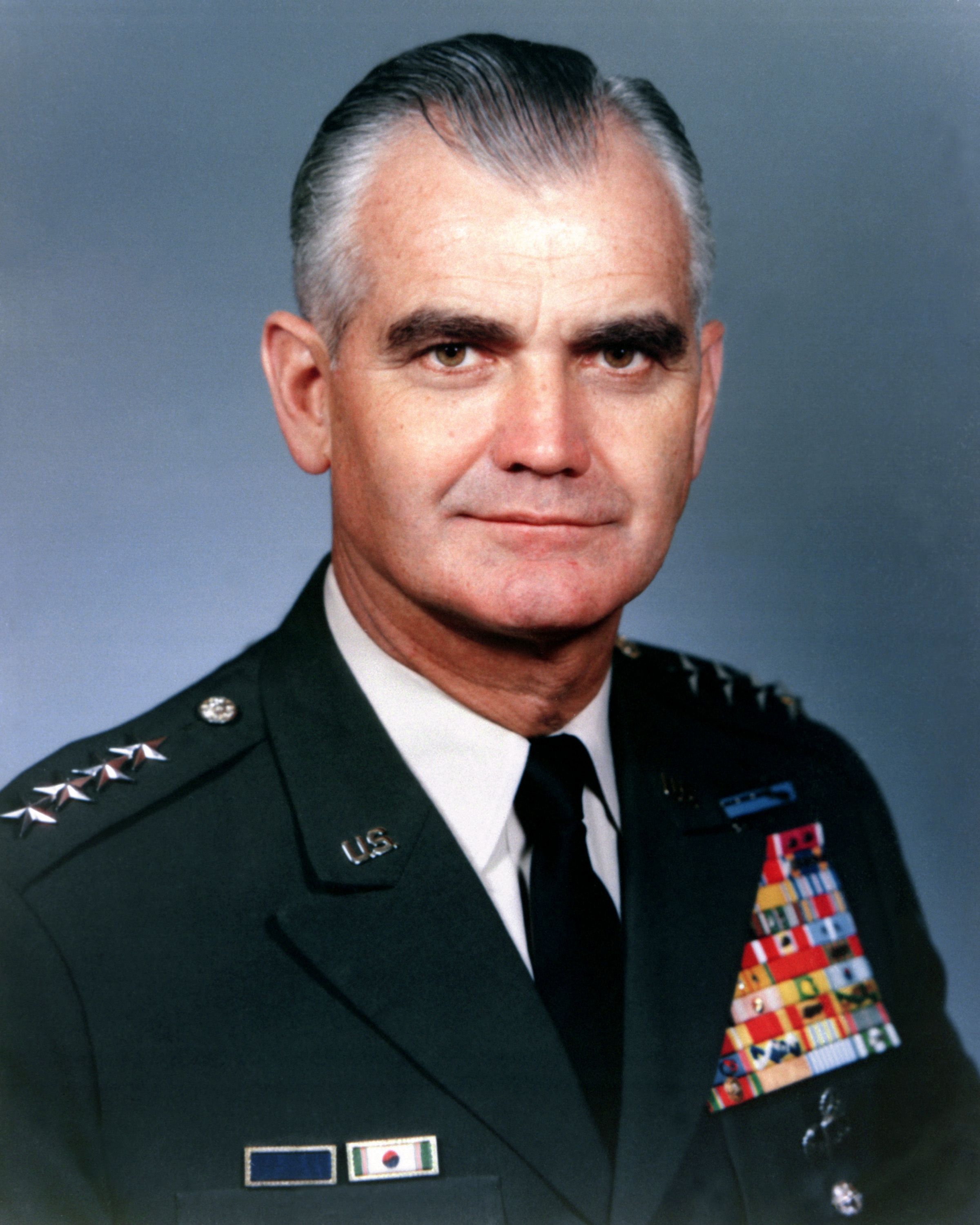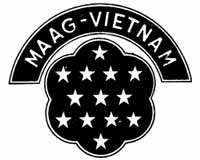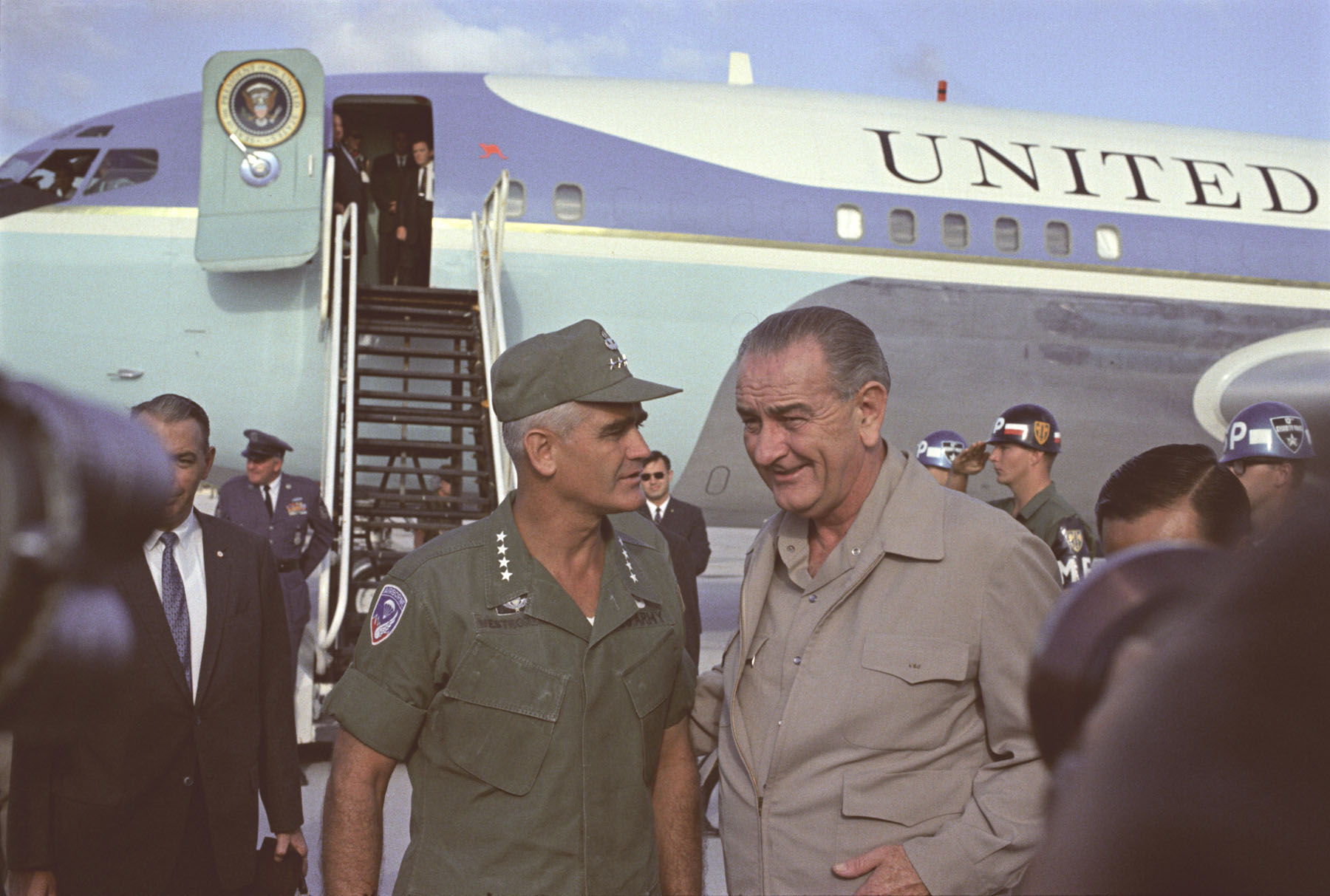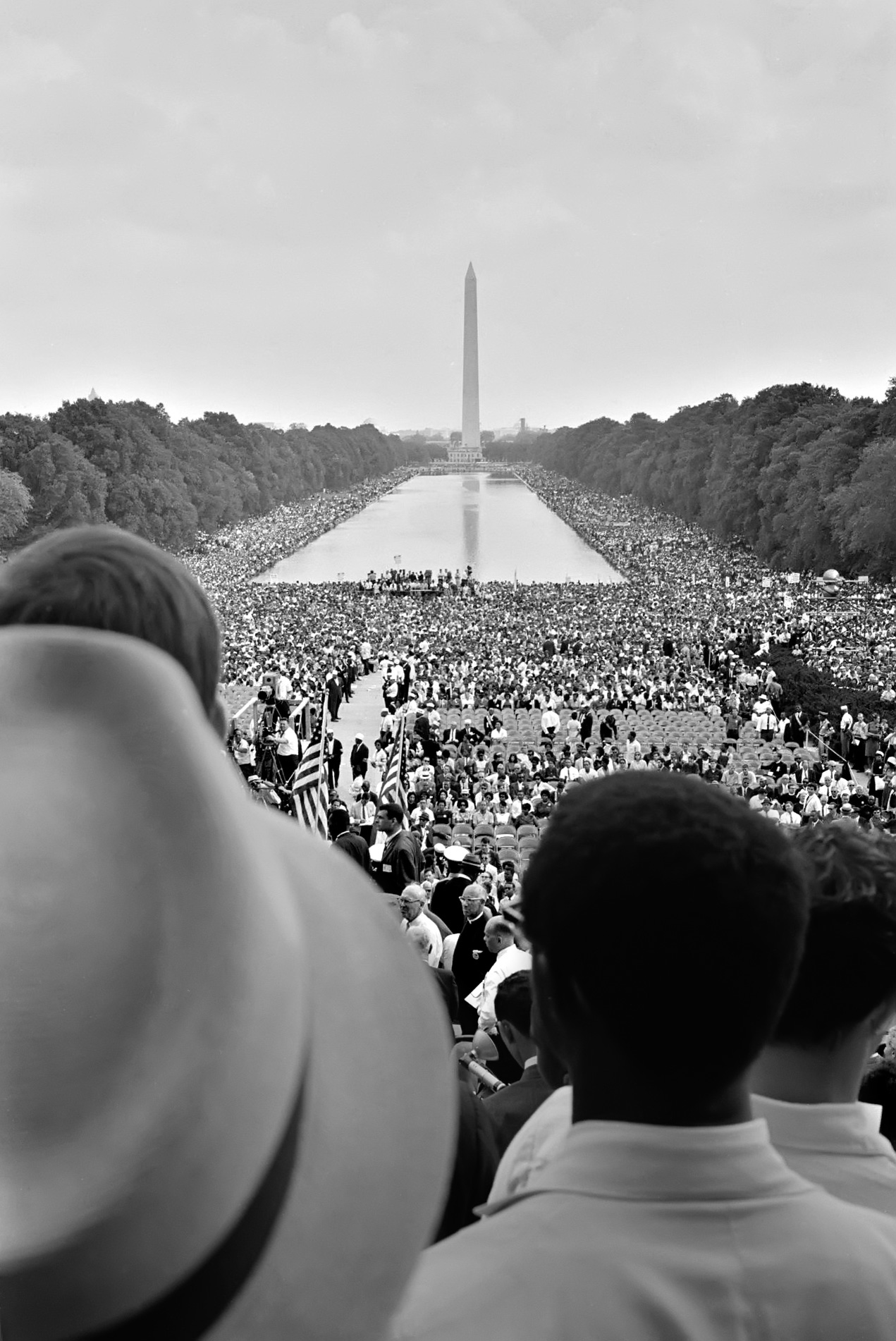|
South Vietnamese Popular Force
The South Vietnamese Popular Force (, PF) (originally the Self-Defense Corps) was a part-time local militia of the Army of the Republic of Vietnam (ARVN) during the Vietnam War. The South Vietnamese Popular Force mainly protected homes and villages in South Vietnam from attacks by the Viet Cong (VC) and later the People's Army of Vietnam (PAVN). The Popular Force resembled the Viet Cong and PAVN strategy, organization and structure, Local Force and village-guerrilla level component of the VC, while the South Vietnamese Regional Force, Regional Force was a full-time force available for operations within a province. The Popular Force was initially very poorly-trained and equipped, but often bore the brunt of PAVN/VC attacks. PF and Regional Force units were responsible for inflicting an estimated 30% of the total PAVN/VC casualties throughout the war, and were much more capable of fulfilling ambush and small-unit movement, reconnaissance and detection roles than larger, slow-moving R ... [...More Info...] [...Related Items...] OR: [Wikipedia] [Google] [Baidu] |
Tet Offensive
The Tet Offensive was a major escalation and one of the largest military campaigns of the Vietnam War. The Viet Cong (VC) and North Vietnamese People's Army of Vietnam (PAVN) launched a surprise attack on 30 January 1968 against the forces of the South Vietnamese Army of the Republic of Vietnam (ARVN), the United States Armed Forces and their allies. It was a campaign of surprise attacks against military and civilian command and control centers throughout South Vietnam. The name is the truncated version of the Lunar New Year festival name in Vietnamese, Tết Nguyên Đán, with the offense chosen during a holiday period as most ARVN personnel were on leave. The purpose of the wide-scale offensive by the Hanoi Politburo was to trigger political instability in a belief that mass armed assault on urban centers would trigger defections and rebellions. The offensive was launched prematurely in the early morning hours of 30 January in large parts of the I and II Corps Tactical Z ... [...More Info...] [...Related Items...] OR: [Wikipedia] [Google] [Baidu] |
Military Assistance Advisory Group
A Military Assistance Advisory Group (MAAG) is a designation for a group of United States military advisors sent to other countries to assist in the training of conventional armed forces and facilitate military aid. Although numerous MAAGs operated around the world throughout the 1940s–1970s, including in Yugoslavia after 1951, and to the Ethiopian Armed Forces, the most famous MAAGs were those active in South Vietnam, Cambodia, Laos, and Thailand, before and during the Vietnam War. Records held by the National Archives and Records Administration detail the activities of numerous assistance advisory groups. Typically, the personnel of MAAGs were considered to be technical staff attached to, and enjoying the privileges of, the US diplomatic mission in a country. "The special status of personnel serving in Military Advisory Assistance Groups (MAAG) results from their position as an integral part of the Embassy of the United States where they perform duty." Although the term is ... [...More Info...] [...Related Items...] OR: [Wikipedia] [Google] [Baidu] |
Carbine Training, Popular Forces Training Center, Pleiku, July 1970
A carbine ( or ) is a long gun that has a barrel shortened from its original length. Most modern carbines are rifles that are compact versions of a longer rifle or are rifles chambered for less powerful cartridges. The smaller size and lighter weight of carbines make them easier to handle. They are typically issued to high-mobility troops such as special operations soldiers and paratroopers, as well as to mounted, artillery, logistics, or other non-infantry personnel whose roles do not require full-sized rifles, although there is a growing tendency for carbines to be issued to front-line soldiers to offset the increasing weight of other issued equipment. An example of this is the M4 carbine, the standard issue carbine of the United States Armed Forces. Etymology The name comes from its first users — cavalry troopers called "carabiniers", from the French ''carabine'', from Old French ''carabin'' (soldier armed with a musket), whose origin is unclear. One theory connects it ... [...More Info...] [...Related Items...] OR: [Wikipedia] [Google] [Baidu] |
Cao Văn Viên
Cao Văn Viên (; December 21, 1921 – January 22, 2008) was a four-star army general in the Army of the Republic of Vietnam during the Vietnam War. He rose to the position of Chairman of the South Vietnamese Joint General Staff. Butterfield, Fox. "The Communists Were Stunned, Too" ''The New York Times'' May 12, 1985Holley, Joe. "Cao Van Vien, South Vietnam 4-Star General" '''' January 30, 2008 Considered one of "the most gifted" of 's military leaders, he was ... [...More Info...] [...Related Items...] OR: [Wikipedia] [Google] [Baidu] |
Combined Action Program
The Combined Action Program was a United States Marine Corps counterinsurgency tool during the Vietnam War. It was widely remembered by the Marine Corps as effective. Operating from 1965 to 1971, it placed a 13-member Marine rifle squad, augmented by a U.S. Navy Corpsman and strengthened by a Vietnamese militia platoon of older youth and elderly men, in or adjacent to a rural Vietnamese hamlet. In most cases, the Popular Forces militia members (Nghia Quan) were residents of the hamlet who were either too young or too old to be drafted into the Army of the Republic of Vietnam (ARVN) or the Regional Forces (Dia Phuong Quan). The entire unit of American Marines and Popular Forces militia members together was designated as a Combined Action Platoon (CAP). The program was said to have originated as a solution to one Marine infantry battalion's problem of an expanding Tactical Area of Responsibility (TAOR). The concept of combining a squad of Marines with local (PFs) and assigning th ... [...More Info...] [...Related Items...] OR: [Wikipedia] [Google] [Baidu] |
I Corps (South Vietnam)
I Corps () was a corps of the Army of the Republic of Vietnam (ARVN), the army of the nation state of South Vietnam that existed from 1955 to 1975. It was one of four corps of the ARVN. This was the northernmost region of South Vietnam, bordering North Vietnam at the Vietnamese Demilitarized Zone (DMZ). These five provinces are Quảng Trị Province, ( Khe Sanh, Đông Hà, Quảng Trị City), Thừa Thiên-Huế Province, (Phu Bai, Huế City), Quảng Nam Province, (Đà Nẵng, Hội An), Quảng Tín Province, (Tam Kỳ, Chu Lai) and Quảng Ngãi Province, (Quảng Ngãi). I Corps became operational in November 1957. Among its formations and units were the ARVN 1st Division. The I CTZ, later Military Region 1, was partnered with the U.S. III Marine Expeditionary Force and the XXIV Corps. Lam Son 719 General Hoàng Xuân Lãm was given responsibility for the I Corps Tactical Zone in 1967. He coordinated the South Vietnamese Operation Lam Sơn 719 offensive which ai ... [...More Info...] [...Related Items...] OR: [Wikipedia] [Google] [Baidu] |
United States Marines Corps
The United States Marine Corps (USMC), also referred to as the United States Marines or simply the Marines, is the Marines, maritime land force service branch of the United States Department of Defense. It is responsible for conducting expeditionary warfare, expeditionary and amphibious operations through combined arms, implementing its own infantry, artillery, Aerial warfare, aerial, and special operations forces. The U.S. Marine Corps is one of the six United States Armed Forces, armed forces of the United States and one of the eight uniformed services of the United States. The Marine Corps has been part of the United States Department of the Navy since 30 June 1834 with its sister service, the United States Navy. The USMC operates List of United States Marine Corps installations, installations on land and aboard sea-going amphibious warfare ships around the world. Additionally, several of the Marines' tactical Naval aviation, aviation squadrons, primarily Marine Fighter Att ... [...More Info...] [...Related Items...] OR: [Wikipedia] [Google] [Baidu] |
Republic Of Vietnam National Police
The Republic of Vietnam National Police – RVNP (), Police Nationale de la République du Vietnam or Police Nationale for short ( – CSQG) in French, was the official South Vietnamese national police force from 1962 to 1975, operating closely with the Army of the Republic of Vietnam (ARVN) during the Vietnam War. __TOC__ History The Republic of Vietnam National Police was officially created by President Ngô Đình Diệm's national decree in June 1962, integrating all the existing internal security and paramilitary agencies raised by the French Union authorities during the First Indochina War between 1946 and 1954, into a single National Police Force who answered to the Directorate General of National Police (Vietnamese: ''Tổng cục cảnh sát quốc gia'' – TCCSQG). These included the Vietnamese section of the indochinese ''Sûreté Générale'' secret police, the Saigon Municipal Police, elements of the colonial National Guard of South Vietnam ( – GNVS, or ''Vệ ... [...More Info...] [...Related Items...] OR: [Wikipedia] [Google] [Baidu] |
William Westmoreland
William Childs Westmoreland (26 March 1914 – 18 July 2005) was a United States Army general, most notably the commander of United States forces during the Vietnam War from 1964 to 1968. He served as Chief of Staff of the United States Army from 1968 to 1972. In Vietnam, Westmoreland adopted a strategy of attrition against the Viet Cong and the North Vietnamese Army, to drain them of manpower and supplies. He also made use of the United States' superiority in artillery and air power, employed in tactical confrontations and in relentless strategic bombing of North Vietnam. As time went on and success was not gained, public support for the war diminished, especially after the Battle of Khe Sanh and the Tet Offensive in 1968. When he was reassigned as Army Chief of Staff, United States military forces in Vietnam had reached a peak of 535,000 personnel. Westmoreland's strategy was ultimately politically and militarily unsuccessful. Growing United States casualties and the dra ... [...More Info...] [...Related Items...] OR: [Wikipedia] [Google] [Baidu] |
COMUSMACV
The U.S. Military Assistance Command, Vietnam (MACV) was a joint-service command of the United States Department of Defense, composed of forces from the United States Army, United States Navy, and United States Air Force, as well as their respective special operations forces. MACV was created on 8 February 1962, in response to the increase in United States military assistance to South Vietnam. MACV was implemented to assist and oversee the Military Assistance Advisory Group (MAAG) Vietnam while the Viet Cong insurgency was under way. It was reorganized on 15 May 1964 and absorbed MAAG Vietnam when the deployment of combat units became too large for the advisory group to control. General Paul D. Harkins was the first commanding general of MACV (COMUSMACV), and was previously the commander of MAAG Vietnam. After reorganization he was succeeded by General William Westmoreland in June 1964, followed by General Creighton W. Abrams (July 1968) and General Frederick C. Weyand (June 19 ... [...More Info...] [...Related Items...] OR: [Wikipedia] [Google] [Baidu] |
Joint General Staff
The Joint General Staff (JGS) was a body of senior uniformed leaders in the South Vietnamese military which advised the Ministry of National Defence and the President of South Vietnam. Organisation The JGS carried out administrative and planning functions for the entire Republic of Vietnam Military Forces. Actually an Army of the Republic of Vietnam (ARVN) headquarters, it ran the ARVN's training and logistical system and directly controlled a number of support units in the Saigon area. As the highest South Vietnamese military headquarters, it also dealt directly with the theater-level American military headquarters in South Vietnam, Military Assistance Command, Vietnam (MACV). However, it possessed only limited authority over the Corps commanders and other major military elements. The JGS itself consisted of five functional elements, supervised by a chief of staff. An Operations Directorate controlled five staff sections U-2, J-3, J-5, J-6 and J-7); a Personnel Directorate had ... [...More Info...] [...Related Items...] OR: [Wikipedia] [Google] [Baidu] |
1963 South Vietnamese Coup
Events January * January 1 – Bogle–Chandler case: Commonwealth Scientific and Industrial Research Organisation scientist Dr. Gilbert Bogle and Mrs. Margaret Chandler are found dead (presumed poisoned), in bushland near the Lane Cove River, Sydney, Australia. * January 2 – Vietnam War – Battle of Ap Bac: The Viet Cong win their first major victory. * January 9 – A total penumbral lunar eclipse is visible in the Americas, Europe, Africa and Asia, and is the 56th lunar eclipse of Lunar Saros 114. Gamma has a value of −1.01282. It occurs on the night between Wednesday, January 9 and Thursday, January 10, 1963. * January 13 – 1963 Togolese coup d'état: A military coup in Togo results in the installation of coup leader Emmanuel Bodjollé as president. * January 17 – A last quarter moon occurs between the penumbral lunar eclipse and the annular solar eclipse, only 12 hours, 29 minutes after apogee. * January 19 – Soviet spy Gheorg ... [...More Info...] [...Related Items...] OR: [Wikipedia] [Google] [Baidu] |






